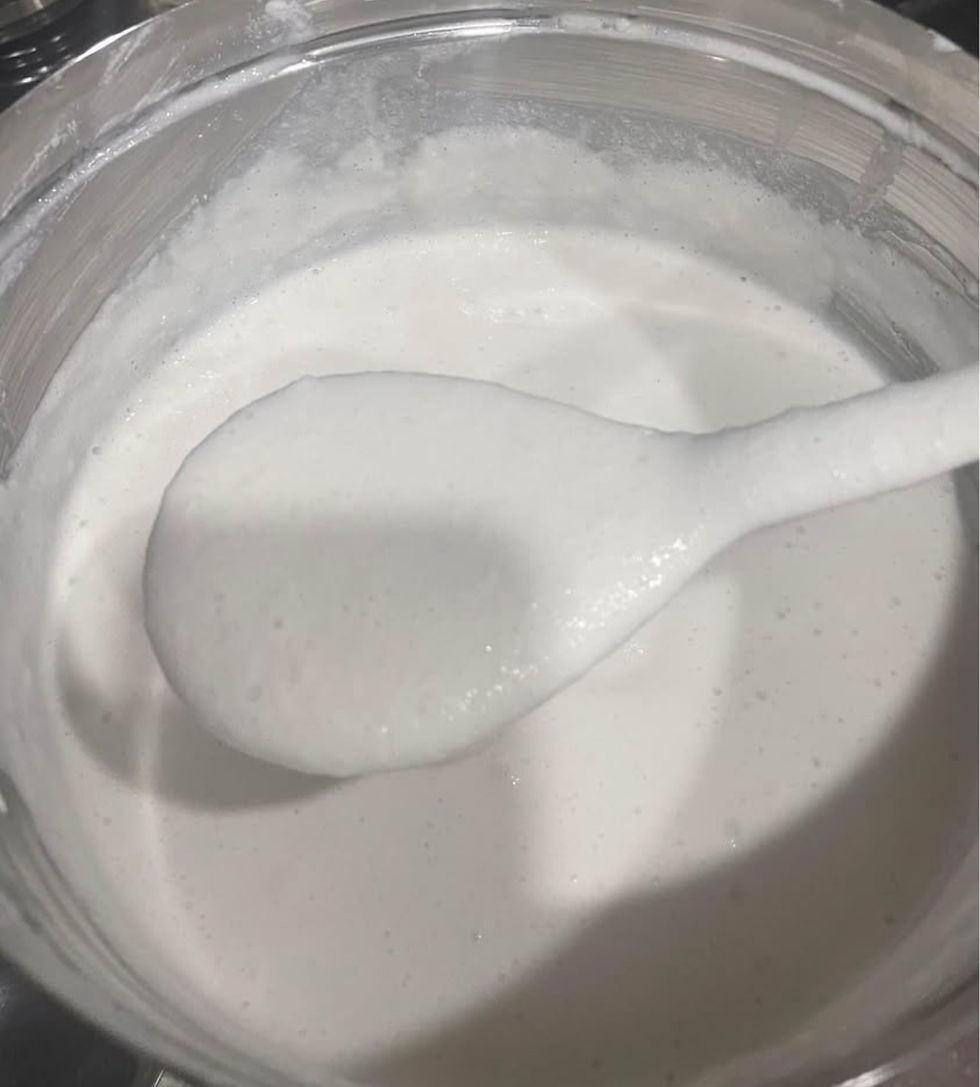Indian JUI Jasmine/Jasminum Molle/Mullai 20-24 inches tall
15% off min 75 USD & 3 items
20-24 inches tall bushy Jui jasmine in 1 gallon pot
heavy bloomer
Other names: virajaji
Jui
Mullai
Coimbatore mullai
Scientific name: Jasminum molle, Jasminum auriculatum
Family: Oleaceae
Common names: Jasmine Molle, Indian Jasmine, Jui, Juhi (Hindi), Jai (Marathi), Yuthika (Sanskrit), Usimalligai, Uccimalligai (Tamil), Adavimalle (Telugu), Sucimulla (Malayalam), Sanna Mallige (Kannada)
Origin: Australia
Distribution in India: Uttar Pradesh, West Bengal and the Western Ghats
This plant is a must for everyone who appreciates fragrant flowers. The species is not very common though it deserves a special attention. Flowers of Jasmie Molle have as srong fragrance as world-famous Jasmine Sambac, while the plant itself has many advantages comparing with King of Jasmines. It is a dense, naturally bushy, fast-growing medium-size shrub that responds well to pruning and can be used both for potting culture and garden specimen, as well as wonderful fragrant hedge. If left unpruned, Molle may shoot long vining branches, but normally the plant doesn't require any support and grows as a multi-stem bush with a strong root system. The plant is relatively cold hardy, like most of the jasmines. It will take at least a few hours of light frost without any damage.
It has simple ovate dark green small leaves and powdery satin white flowers that cover the plant during blooming seasons which may occur in splashes several times a year. The most profuse blooming is during hot summer months. Another splash of flowers may happen in Fall, and even in winter.
Flowers have extremely heavy gardenia type scent. They appear in bunches.
Jasmine Molle is very easy to grow, takes both sun and shade, dry and moist conditions.
In India, the flower of Jasmine Molle is held sacred to all forms of Goddess Devi and is used as sacred offerings during Hindu religious ceremonies.
Info on price
What you see is what you pay at the check out. Price includes sales tax and shipping (if shipping option elected)
Care Instruction
Plant care Instructions-Jasminum (JAZ-mih-num)
Light:
Full sun, a southern exposure, is best. Jasminum rex can be grown in partial sun; however, some direct sunlight is beneficial.
Temperature:
For optimum growing conditions, they need temperatures above 65, as they are warm growing plants. However, short exposure to degrees no less than 45 should not harm the plant.
Exception: Jasminum polyanthum(Pink Jasmine) and Jasminum officinale(common Jasmine) prefer and need cool night temperatures during the winter, anywhere from 33 to 55 degrees will do. Their need for cool night is related to flower inducement, which is stimulated by night temperatures below 60.
Humidity:
Preferably 50% or higher; however, they will tolerate low levels with no harm.
Watering:
Bring soil to a state of visual dryness between watering. When watering, thoroughly saturate soil until a little water runs out of the bottom of the pot. Growing in a clay pot will help maintain a healthy root system.
Fertilizer:
Fertilize once a week with ¼ tsp of fertilizer per gallon of water using a balanced, water soluble fertilizer like a 15-15-15 or a blooming fertilizer like a 7-9-5. Under cooler winter temperatures and lower light levels, stop feeding.
Pruning:
Over a growing season Jasminum polyanthum and Jasminum officinale can become large vines that won’t fit well in the indoor growing space. Pruning of the vining stems should be done after the blooming cycle is complete, usually in late spring. At this time, they can be pruned severely, from which they quickly re-sprout. Another pruning can be done only if needed in late summer; from thereon, the vine should be allowed to grow until buds appear.
Sambacs are upright shrubs; however, if a compact plant is desired, a periodic trim of the stiff vining growth is needed. They respond well to pruning, which encourages thicker growth and increased flower production. It’s best to prune when in active growth.
Insects and Disease:
Jasmines have the greatest susceptibility to spider mites. Attention needs to be given to signs of infestation, which begin as small light spots the size of a pinprick appearing on the leaf. The mites are small and are found on the undersides of the leaves. A magnifier may be needed to see them. Plants that have been summered outside often come in with residual populations. Spray 2 applications, 1 week apart of Pure Neem Oil diluted with 1-1/2 teaspoons to the quart of water to which a dribble of dishwashing liquid is added.
.
Shipping Disclaimer
*Dropping of leaves is common during shipment(increasingly during fall), if the main stem is good the plant will start to grow after 4 to 6 weeks in favorable growing conditions
































